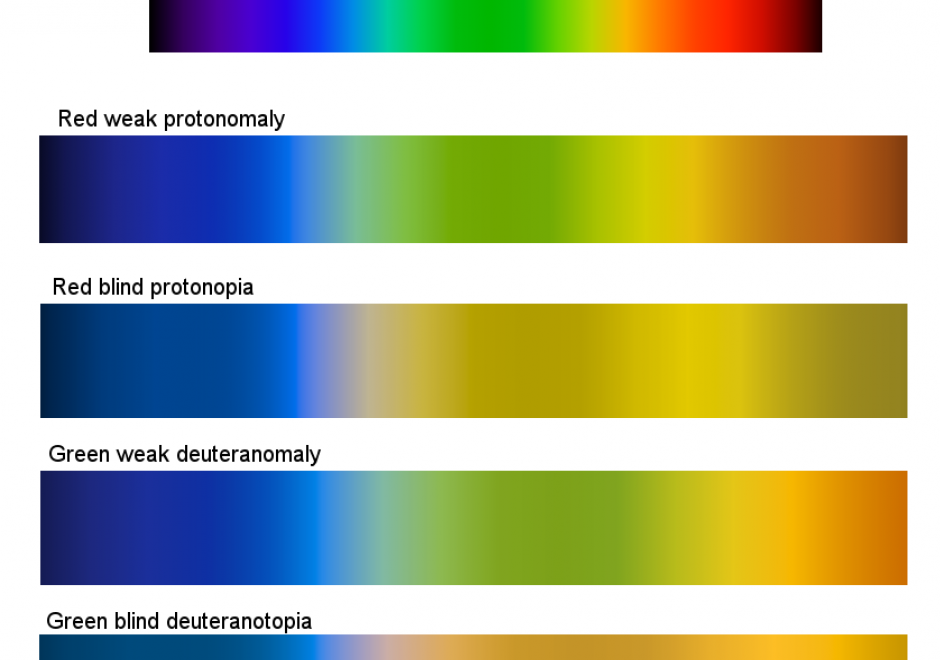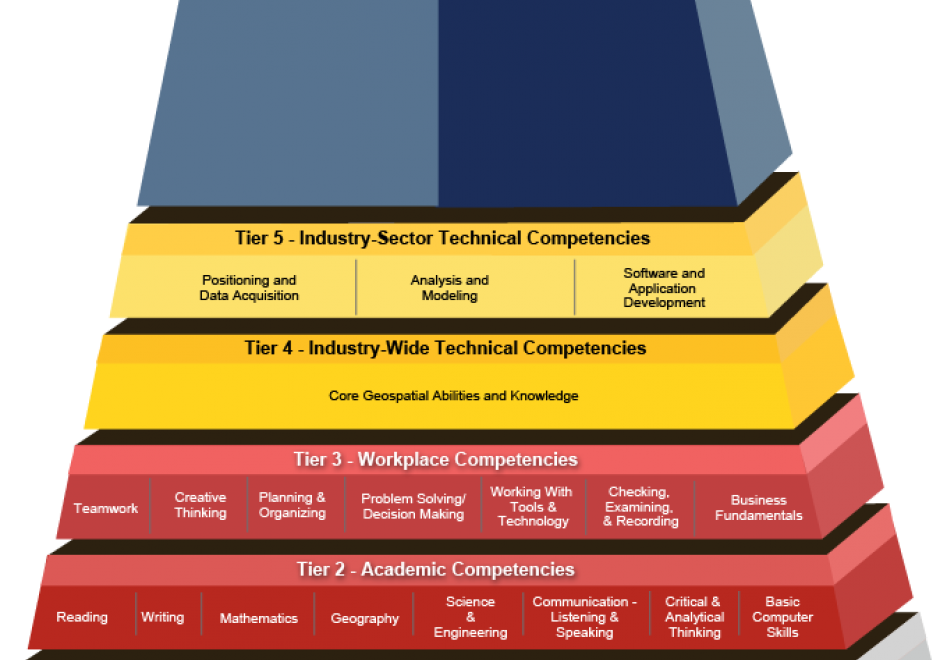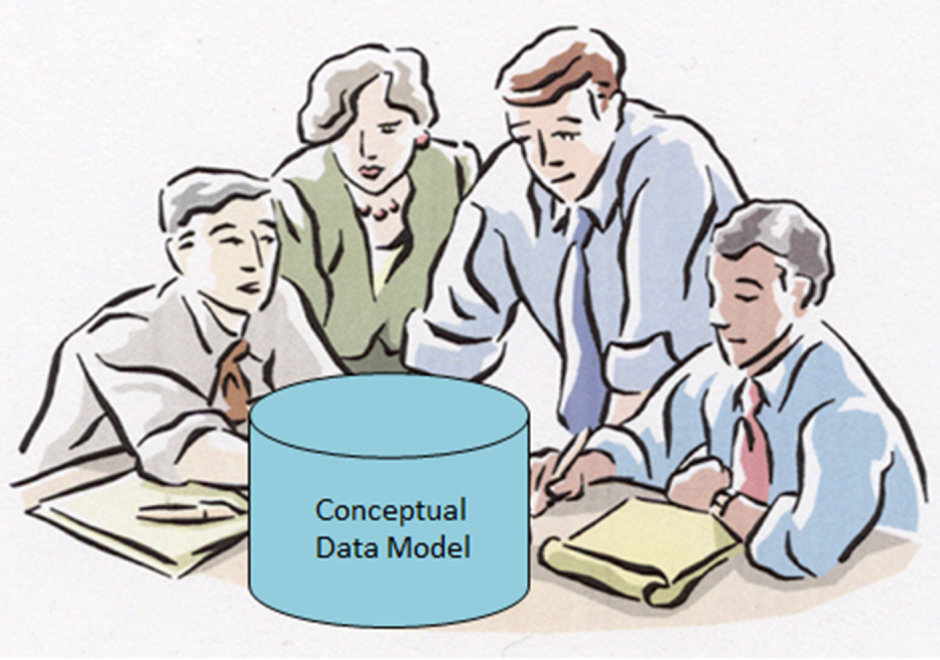CV-09 - Color Theory

Color is the result of the visual perception of an energy source. It is described by its physical characteristics, mainly as a tridimensional variable modeled into a color space. Online tools exist to facilitate the use of color schemes to design a color palette, for artists, web designers, statisticians, etc. Colors in maps and visualizations must be combined to promote the visual hierarchy and harmony, balancing legibility, perceptual processing, and aesthetics. Color is a powerful visual variable and requires understanding the perception of color relationships. Existing color schemes are very useful to select a suitable color palette. As color is not experienced similarly across all map readers, issues about real-world connotations, conventions, specific color contrasts, and adaptation to color visual deficiencies and devices, are also to be taken into account when designing a color palette. This entry describes the main guidelines regarding color theory and related design practices as applied to map or geovisualization design.






GS-12 - Codes of ethics for geospatial professionals